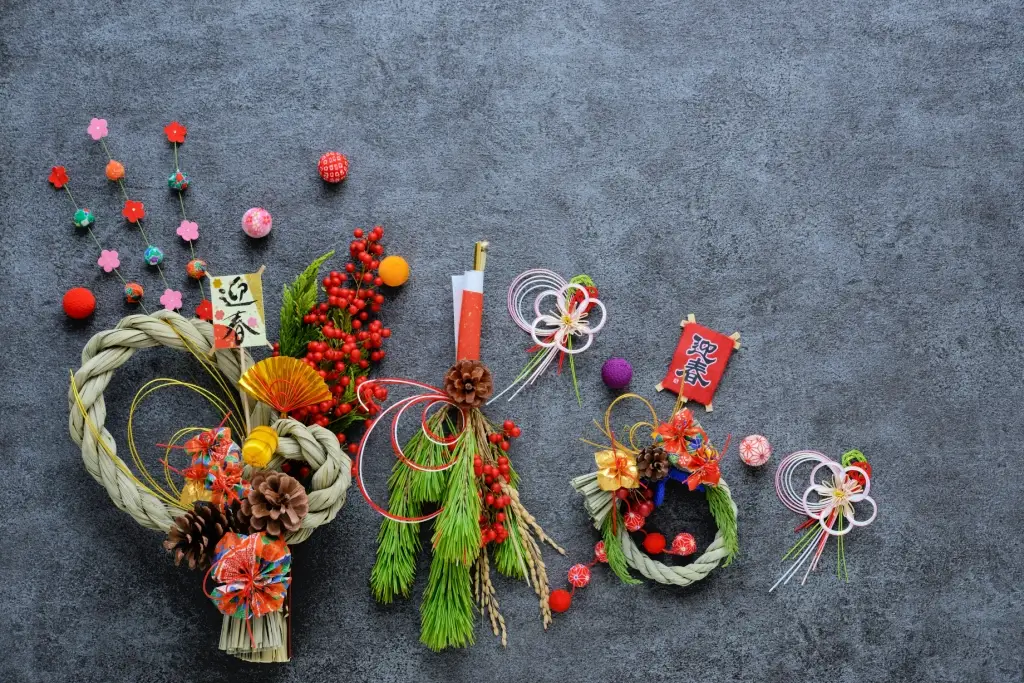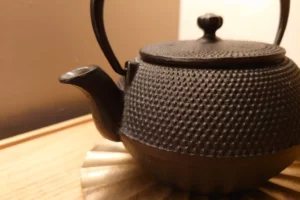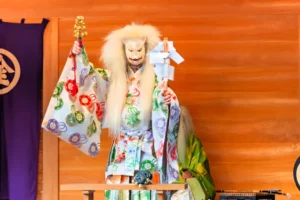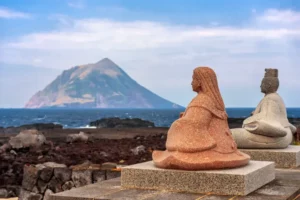As it is an extremely big holiday, various events and traditions are held on this day every year. Wondering what to do for New Year’s 2025? Here are some typical Japanese New Year traditions and unique ways to celebrate the New Year in Japan.
Table of Contents
ToggleWhy is New Year’s so important in Japan?
The turning of the New Year in Japan is equivalent to Western Christmas in importance. New Year’s celebrations are closely associated with beliefs of purification and renewal. New Year’s is the biggest holiday in Japan. While in other countries, it’s common for it to be a party holiday, the Japanese New Year revolves around family. This holiday period is so vital that it extends into the first few days of the year.
Home Decorations
Families place traditional New Year decorations around their homes to welcome the New Year. The most common decoration in Japanese homes is kagami mochi, which consists of two stacked mochi balls topped with an orange. People position it on the household altar.
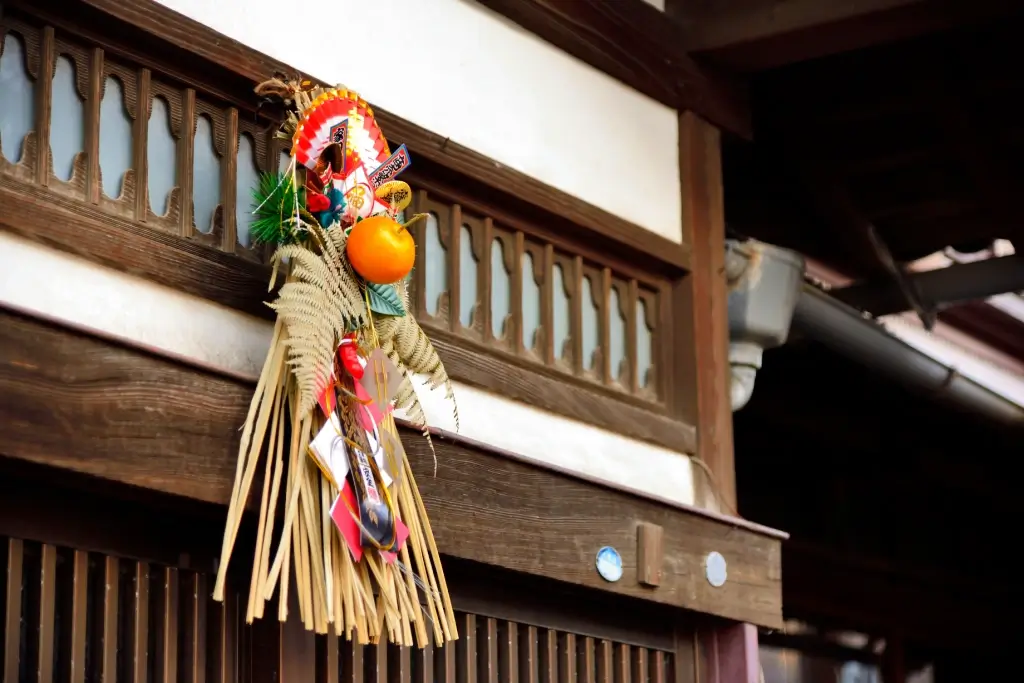
Another typical decoration is the kadomatsu. This display has three bamboo shoots of different lengths, representing prosperity. It also includes pine, which represents longevity, and plum branches, which represent fidelity. Many people believe that this is a symbol of longevity, vitality, and good fortune.
New Year’s food
Food plays a big part in New Year traditions in Japan, with leftovers continually being eaten the days after. Osechi ryori (traditional Japanese New Year food) is the staple dish on New Year’s Day. This meal consists of a wide variety of different kinds of foods, such as black beans, fish, vegetables, and more. The foods are often placed in jubako (special containers). The food represents special meanings such as good health, longevity, fertility, and good fortune.
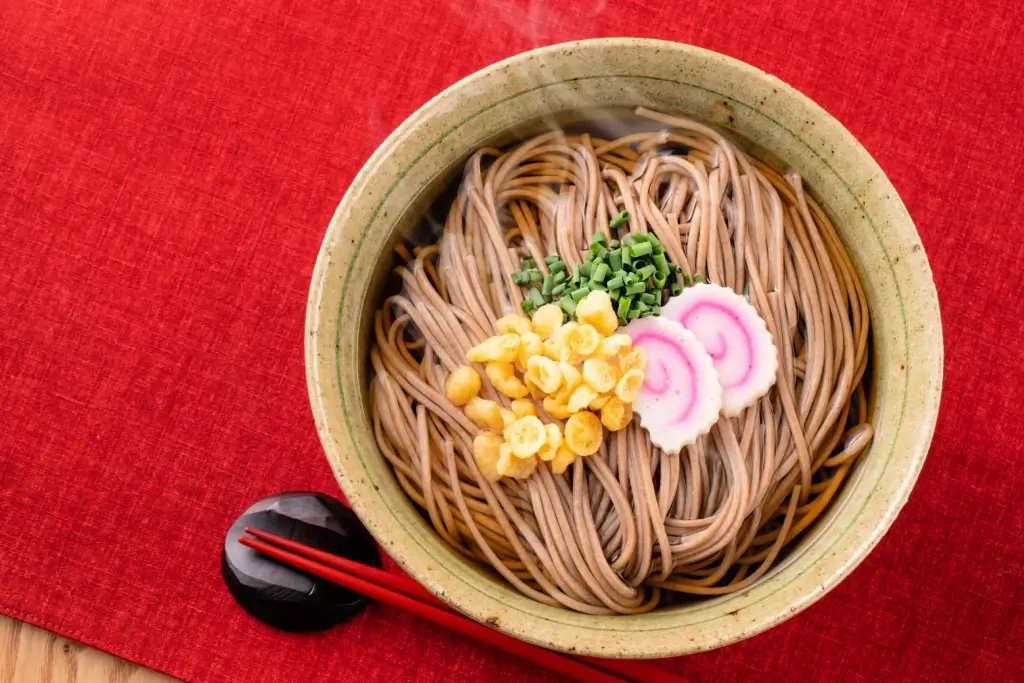
Ozoni is a simple soup with styles that change from region to region. Cooks prepare the soup using clear stock as the base, adding mochi, mitsuba (green herb), kamaboko (steamed fish cakes), and chicken. Another popular dish is toshikoshi soba, which people make with buckwheat noodles. Japanese families eat these buckwheat noodles for good luck – but they must finish them before midnight!
People enjoy the noodles in both warm soup broth and cold. The specific sake (Japanese rice wine) associated with New Year’s celebrations is otoso. Japanese tradition describes this medicinal, spiced sake as a drink that helps ward off sickness and protect against evil spirits. People pour the sake into special ceremonial Japanese lacquerware and drink it to ensure good health throughout the year.
Want to ring in the New Year with some Japanese snacks of your own? Check out Sakuraco! Sakuraco delivers traditional Japanese snacks, teas, and sweets from local Japanese makers directly to your door so you can enjoy the latest treats directly from Japan!
New Year’s games
The New Year is also a time for traditional games like hanetsuki (Japanese badminton). Hanetsuki is a game in which players hit a feathered ball against each other with a hagoita (board). In the past, there existed a male ritual of kicking a ball. On the other hand, women hit balls with sticks.
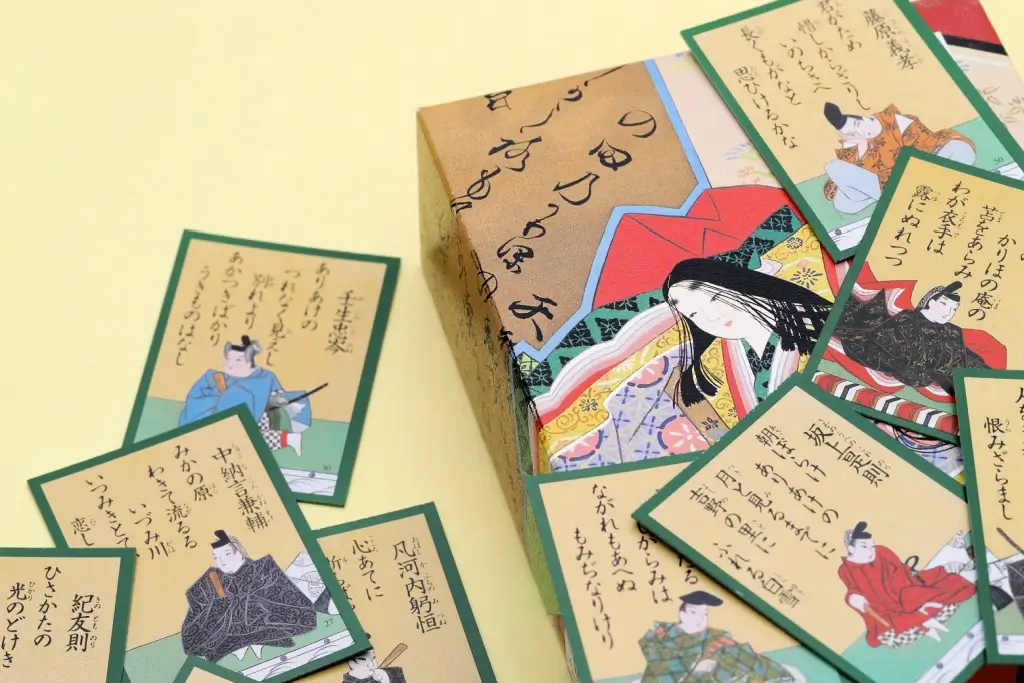
Another traditional family activity during New Year’s is karuta (playing cards). In this game, one person reads the reading card, and the others touch the card that matches the content. The first person to touch the card gets it. In the end, the player with the most cards wins the game.
Another popular game is takoage (kite). Takoage was introduced to the Japanese nobility from China a long time ago. At that time, it was a game of the nobility. However, during the warring period, it was also a means of communication for warriors. Years later, it has become a New Year’s tradition to pray for good health when the New Year arrives!
Bonenkai parties
In Japanese work culture, New Year’s is synonymous with bonenkai. It’s a Japanese drinking party hosted by companies and businesses at the end of the year. Usually, the people of individual departments have a party that lasts two to three hours.
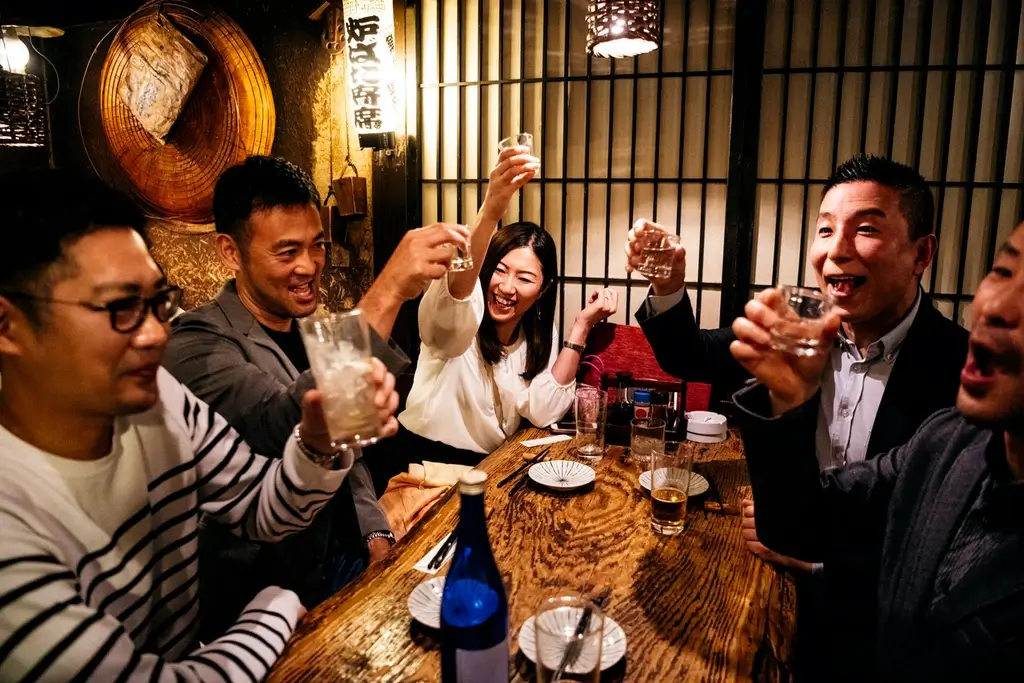
Depending on the number of people participating, they’re generally held at a large venue, such as an izakaya (Japanese pub). It includes a course dinner and an all-you-can-drink plan – so eat and drink to your heart’s desire at the forget-the-year party!
Why are New Year’s traditions in Japan unique?
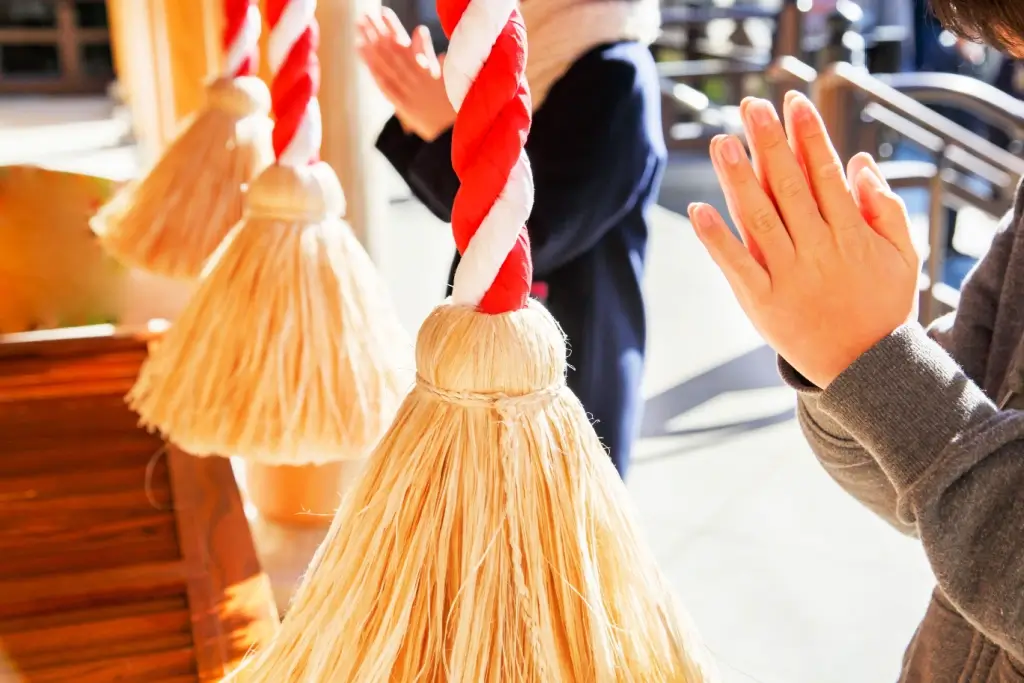
People enjoy Japanese New Year’s traditions because it’s a rich blend of spiritual rituals, family-centered activities, and vibrant urban celebrations. It’s a time for renewal, cleansing, resolution, and gathering with family to deepen bonds. These traditions continue to evolve, combining the old and new into a uniquely Japanese New Year experience. That wraps up our list of what to do for New Year’s 2025 in Japan. Have we left anything off the list? Do you have a favorite Japanese New Year’s custom? Share your thoughts in the comments below!

